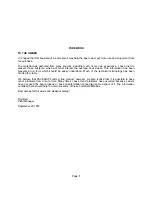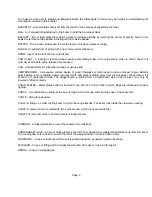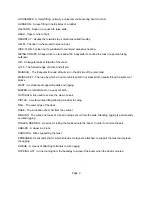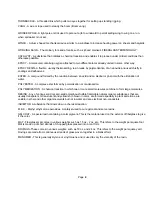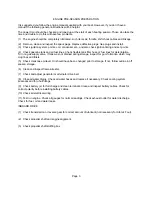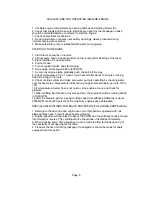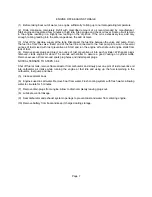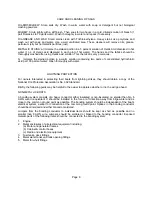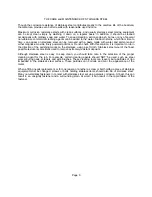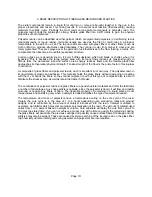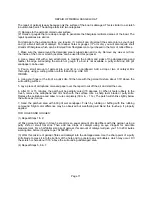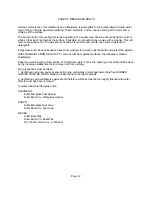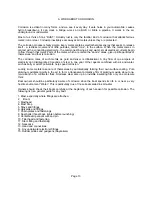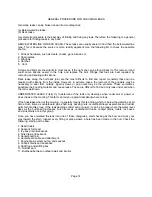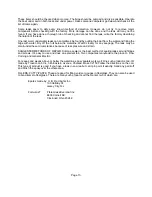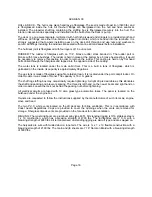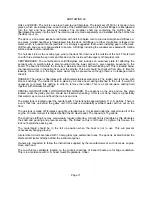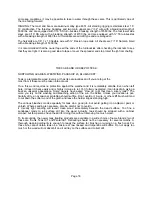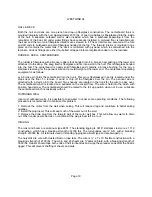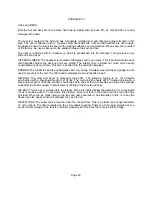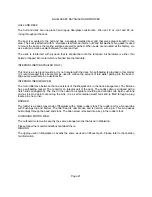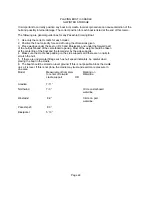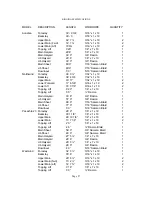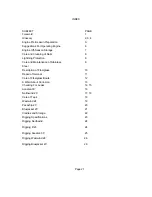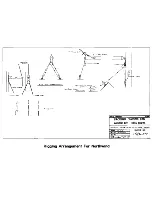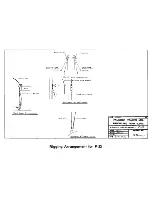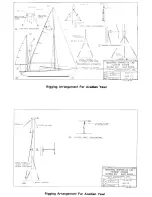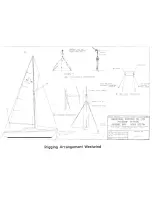
A WORD ABOUT CORROSION
Corrosion is evident in many forms, and we see it every day. It eats holes in your automobile, causes
hydro breakdowns, it can crack a bridge, wreck an aircraft or riddle a pipeline. It works in the air,
underground or underwater.
Most of us think of it as “RUST”. Actually rust is only the familiar kind of corrosion that attacks ferrous
metal; iron or steel. Corrosion inevitably eats away at all metals unless they are protected.
The corrosion process is fairly simple. Every metal contains electrochemical energy that seeks to release
itself - a restless movement of little particles, called “ions”, to the surface. When the metal comes in
contact with a conducting electrolyte - the commonest being air and water, small electrical currents begin
to flow through that metal. Parts of the metal, which are called the “anode” areas, give up little particles of
themselves, and that is corrosion.
The corrosion rates of such metals as gold and silver is infinitesimal. A tiny flow of one ampere of
electricity can disintegrate 20 pounds of steel in one year. Other agents combined with air and water,
such as salty or acidic pollutants, help speed corrosion.
Luckily, some metals take care of themselves by automatically forming their own surface coating. Pure
aluminum oxidizes rapidly in the air to form a transparent protective film of aluminum oxide, about one-
ten-millionth of a millimeter thick. Stainless steel sets up an invisible insulating film only one molecule
thick.
Boat owners should be particularly aware of corrosion since the boat spends its life in or near a very
hostile environment “Water”. This is particularly true of those boats sailed in salt water.
Owners should check their boats carefully at the beginning of each season for possible corrosion. The
following list is a general guide for any boat.
1. Mast, especially where fillings are attached.
2.
Boom
3. Masthead
4. Mast Step
5. Stays and fittings
6. Halyards and fittings
7. Chain plates and fastenings
8. Keel bolts (if keel boat, tighten before launching)
9. Centerboard pennant wire and pin
10. Tiller head and fastening
11. Stem filling and fastening
12. Seacocks
13. Head and connections
14. Any underwater electronic fittings
15. Rudder pintles and gudgeons (daysailers)
Page 13


